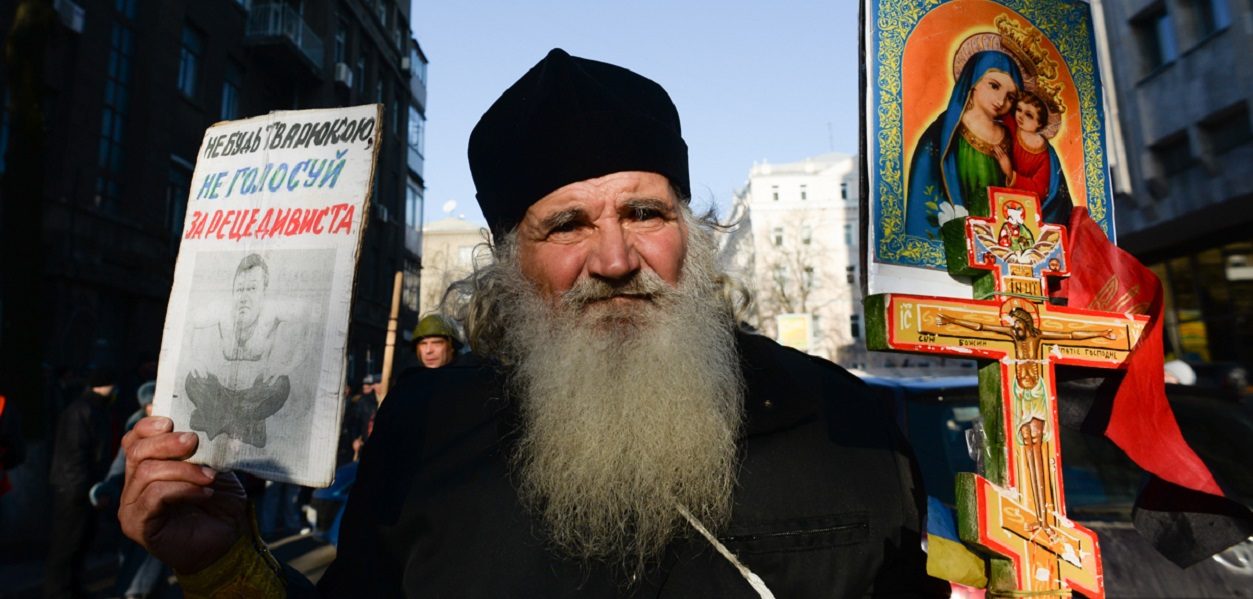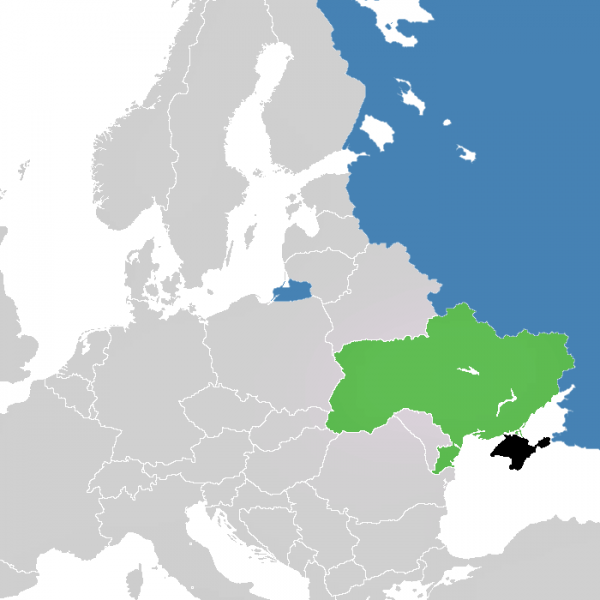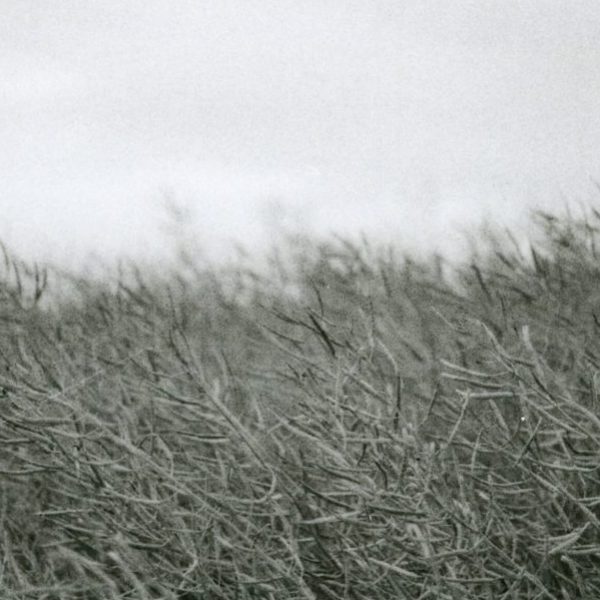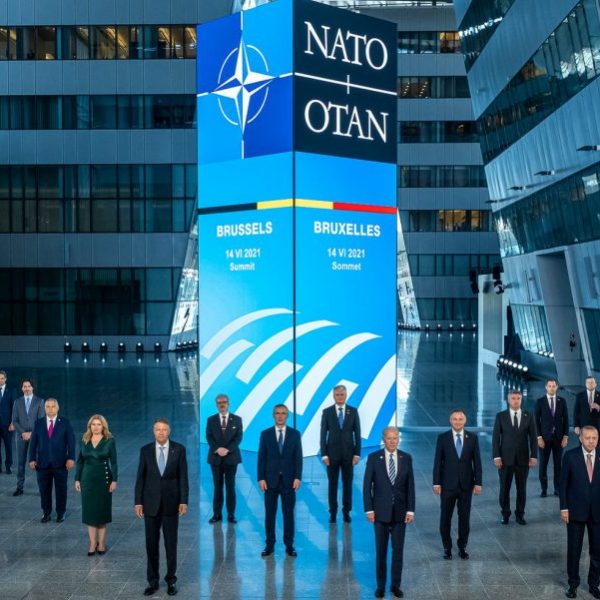Orthodox Disunity in Ukraine
“Now I appeal to you, brothers and sisters, by the name of our Lord Jesus Christ, that all of you should be in agreement and that there should be no divisions among you, but that you should be united in the same mind and the same purpose.” —1 Corinthians 1:10
“Який жах! – What a mess!” —Ukrainian expression
Bryn Geffert—
Eastern Orthodox Christianity considers itself the only full and true expression of Christ’s undivided church, a mystically whole body free from the divisions that separate Roman Catholics from Protestants and Protestants from each other. So how do we explain the current mess within Ukrainian Orthodox Christianity? Consider the following:
- Three different churches claim to represent Orthodox Christians in Ukraine: (i) the church loyal to the Moscow Patriarchate (the “Russian Orthodox Church” in popular parlance); (ii) the “Ukrainian Autocephalous Orthodox Church,” which broke from the Moscow Patriarchate in 1921, was suppressed during the Soviet era, and was recognized by the Ukrainian state in 1990; and (iii) the “Ukrainian Orthodox Church of the Kievan Patriarchate,” which broke from the Moscow Patriarchate in 1992 after Moscow refused to grant autocephalous status to Ukrainian churches. These latter two churches—the two not subject to the Moscow Patriarchate—have entered discussions about merging, hoping to present a united front against the Russian church. They aim, ultimately, to obtain recognition from the Ecumenical Patriarchate in Constantinople, thereby achieve official standing in the Orthodox world at large, and thus distance themselves from Moscow. Moscow wants none of it.
- According to the Kyiv Post, in the spring of 2014 a Ukrainian priest loyal to the Moscow Patriarchate forbade his parishioners from praying for the souls of Ukrainian soldiers killed by separatist Russian militias.
- That fall the Moscow Patriarchate’s chairman of the Department for External Church Relations blamed tensions in Ukraine on an unspecified “strategic plan” promulgated by outside forces.
- In a statement published on the Kiev Patriarchate’s website on 5 September 2014, Patriarch Filaret of Kiev suggested that Satan had entered Vladimir Putin.
- On 29 May 2015, Patriarch Kirill of the Moscow Patriarchate declared that Ukrainian churches under Moscow’s umbrella need no longer obey “godless” Ukrainian authorities.
- On 28 July 2015 Patriarch Filaret of the Kiev Patriarchate asked Ukrainian Christians to pray “for our liberation from foreign invaders.”
- The next day—29 July—a priest in Kiev of the Moscow Patriarchate died of gunshot wounds from unknown assailants; that same day a nun of the Moscow Patriarchate was found murdered, her hands tied behind her back.
- The State Department’s most recent International Religious Freedom Report, released on 15 October 2015, notes “harassment, intimidation, detentions, and beatings” of Ukrainian Christians loyal to the Kiev Patriarchate.
How does one account for such strife and bloodshed between adherents of not only the same Christian faith, but the same Eastern Orthodox Christian faith?
In multiple ways.
First, although Ukraine was Christianized in 988 and has remained a predominantly Christian territory ever since, various Christian powers have controlled various portions of the region at various times. Over the centuries Ukrainian territory has been governed by Roman-Catholic Poles and Lithuanians, by Orthodox Russians, by Roman-Catholic Austrians, and by atheistic Soviets. The Ukrainian nationalism that emerged in the 1700s scrabbled constantly to define itself against institutional expressions of Christianity embodied within those decidedly foreign and often hostile powers.
Second, given this history, Ukrainians have struggled over the centuries, almost entirely without success, to achieve consensus on their proper relationship with Russia and their proper relationship with the West. Answers to fundamental questions about identity depend in part on who holds power in Russia, in part on who in the West makes which overtures, and in part on in which region of Ukraine those answering the questions reside.
Third, the dissolution of the Soviet Union in 1991 reawakened and intensified questions about Ukrainian identity and independence. The two Ukrainian churches unaffiliated with the Moscow Patriarchate—emerging, respectively, one year before and one year after the downfall of the Soviet Union—both represent expressions of Ukrainian nationalism and hopes for autonomy.
Fourth, the Moscow Patriarchate (for which Ukrainian nationalists have no love, and which Orthodox Russians living in Ukraine view as a bulwark supporting their interests) has, in recent years, ever more boldly described itself as the rightful head not only of Russian Orthodox Christians, but of a larger, pan-Slavic community. Thomas Bremer notes that Patriarch Kirill speaks fondly of a time in which Russians, Ukrainians, and Belarusians “had a unified country.” The Moscow Patriarchate’s head of External Church Relations believes that Ukrainians, Belarusians, and Moldovans “have always considered themselves one unified people” and “a unified cultural-religious entity.” Such sentiments come as news to many Ukrainians. The Moscow Patriarchate forcefully insists that it alone is the rightful, ecclesiastical administrator of Ukrainian Orthodox churches.
Fifth, Russian President Vladimir Putin, who appears to share these sentiments, has aligned himself closely with Moscow Patriarch Kirill. Kirill, in turn, has aligned himself closely with Putin, whom he once identified as “a miracle from God.” Putin and Kirill regularly exchange official greetings. The Russian Foreign Ministry and the Moscow Patriarchate’s Department for External Church Relations have established a joint working group. Together the Russian Foreign Ministry and the Patriarchate understand the near Slavic world as a holy world sharing common, holy sites. When Russian troops seized the Crimea (administered by Ukraine since 1954) Putin characterized the peninsula as Russian’s “Temple Mount in Jerusalem,” a place with “sacred meaning.”
Sixth, Putin and the Moscow Patriarchate share a sense of the Russian church and state as institutions with common interests to be addressed through unified work. Putin and Kirill both supported parliament’s approval in 2013 of a law proscribing jail sentences of up to three years for those “offending religious feelings.” In its Basis of the Social Concept of the Russian Orthodox Church (2000), the patriarchate argued that proper church-state relations “could emerge only in a state that recognizes the Orthodox Church as the people’s greatest shrine—in other words, in an Orthodox State.” This Orthodox State, in Putin’s and Kirill’s estimation, must defend against encroaching Western secularism, i.e., against the motivating ideology behind Ukraine’s 2004-2005 Orange Revolution. The Moscow Patriarchate’s then-head of the Department for External Church Relations described Ukrainian protesters as foreign-supported rabble-rousers seeking to upend the country. Both Putin and Kirill speak regularly of European secularism as hostile and destabilizing, and of European states as vehicles for promoting Western, secular ideologies: same-sex marriage, euthanasia, and unfettered democracy all derive from ideologies and aims foreign and hostile to holy Russia.
Igor Torbakov recently quoted Kirill railing against those willing to “borrow alien models of socio-political development, to repudiate one’s own originality and faith.” In a 2013 speech at Kazan Cathedral, Kirill warned against Western laws “in favor of sin,” which, in his estimation, constitute “apocalyptic” signs. Kirill’s spokesman, Vsevolod Chaplin, notes that
“We have stopped all global projects that disagreed with our conscience, vision and God’s own truth. Such was Napoleon’s project, such was Hitler’s project. We will stop the American project too.”
This “American project,” to both Kirill’s and Putin’s mind, includes the exertion of Western, anti-Russian influence in Ukraine.
Seventh, it is thus not surprising that both Kirill and Putin seek to reestablish control of the Ukrainian church and the Ukrainian state—control lost with the fall of the Soviet Union. This goal represents nothing new. The Russian state can trace its control of Ukraine back to Catherine the Great’s annexation of Ukrainian territory in the late 1700s—control Russia did not lose (but for a short interim during the revolutionary war years) until 1991. Likewise, the Moscow Patriarchate can trace its control of Ukrainian Orthodox churches back to Catherine the Great’s edict of 1767 stripping oversight of said churches from the Metropolitan of Kiev. In short, Putin and Kirill seek the return of Ukraine and its churches to the long-standing Russian sphere of influence.
Their project is thus an old project, their ideal an old ideal, together constituting the most effectively divisive expression of Christian unity in the contemporary Slavic world.
Bryn Geffert is librarian of the college and lecturer in the department of history at Amherst College and formerly associate professor of Russian area studies at St. Olaf College. Together with Theofanis G. Stavrou he is author of Eastern Orthodox Christianity, which will be released in May 2016.


























